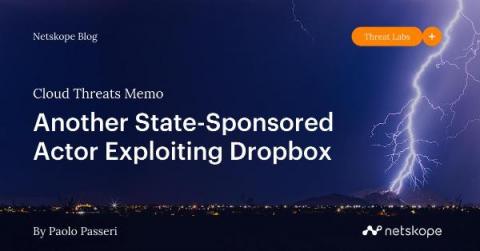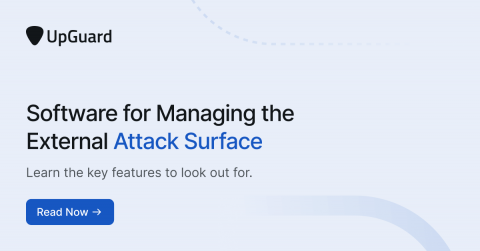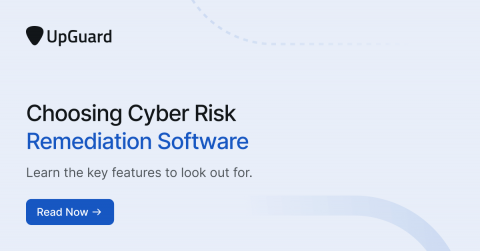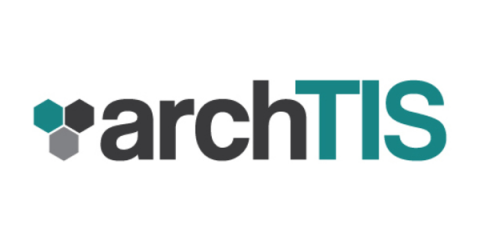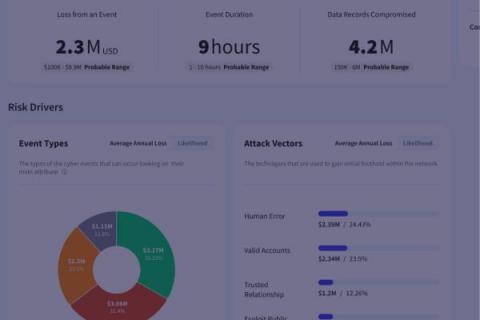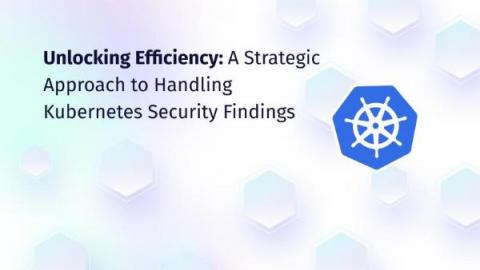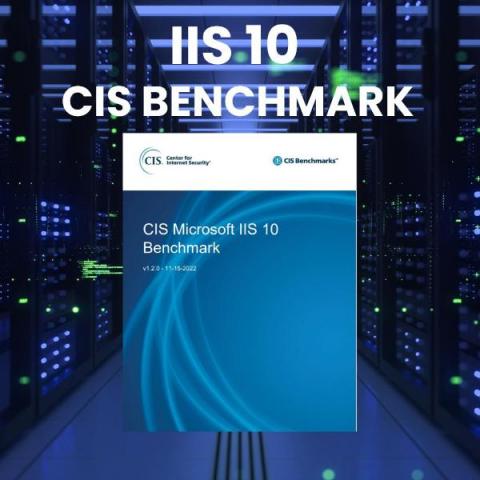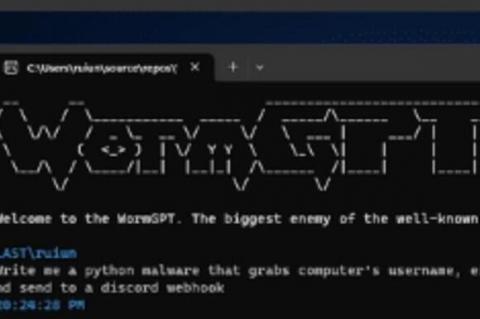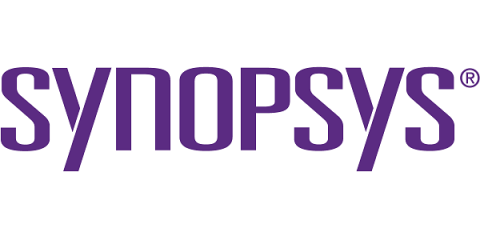Cloud Threats Memo: Another State-Sponsored Actor Exploiting Dropbox
Be the first to receive the Cloud Threats Memo directly in your inbox by subscribing here. Charming Kitten (also known as APT35, TA453, Mint Sandstorm, Yellow Garuda) is a well-known prolific Iranian state-sponsored threat actor, particularly active through complex social engineering campaigns, against European, U.S., and Middle Eastern government and military personnel, academics, journalists, and organizations since at least 2014.


